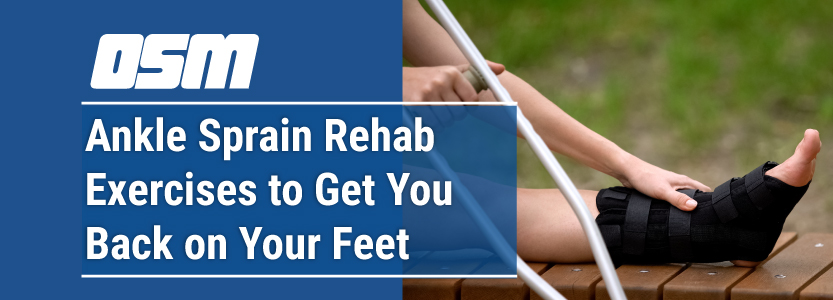Exercise-based rehabilitation reduces reinjury following acute lateral ankle sprain: A systematic review update with meta-analysis
Research questions 1) Do exercise-based rehabilitation programs reduce re-injury following acute ankle sprain?; 2) Is rehabilitation effectiveness moderated by the exercise’s therapeutic quality, content and volume? Methods This systematic review with meta-analysis (PROSPERO: CRD42020210858) included randomized controlled trials in which adults who sustained an acute ankle sprain received exercise-based rehabilitation as an intervention. Databases CINAHL, Web of Science, SPORTDiscus, Cochrane Central Register of Controlled Trials, PEDro and Google Scholar were searched for eligible articles (last search: March 2021). ROB II screening tool by Cochrane was used to assess risk of bias and the i-CONTENT tool was used to assess quality of interventions. Both qualitative analysis and quantitative data synthesis were performed. Results Fourteen randomized controlled trials comprising 2182 participants were included. Five studies were judged overall low risk of bias and i-CONTENT assessment showed poor to moderate therapeutic quality of exercise across all included articles. Pooled data found significant reductions in re-injury prevalence at 12 months, in favour of the exercise-based rehabilitation group vs usual care (OR: 0.60; 95%CI: 0.36 to 0.99). Pooled data for re-injury incidence showed not-significant results (MD: 0.027; 95%CI: -2.14 to 2.19). Meta-regression displayed no statistically significant association between training volume and odds of re-injury (r = -0.00086; SD: 0.00057; 95%CI: -0.00197 to 0.00025). Results from patient-reported outcomes and clinical outcomes were inconclusive at 1 month, 3–6 months and 7–12 months of follow up. Conclusion Exercise-based rehabilitation reduces the risk of recurrent ankle sprain compared to usual care, but there is insufficient data to determine the optimal content of exercise-based interventions. Training volume varied considerably across studies but did not affect the odds of sustaining a re-injury. Effects on patient-reported outcomes and clinical outcomes are equivocal. Future research should compare different exercise contents, training volumes and intensities after ankle sprain.

PDF) Effect of self-managed exercise protocol for subjects with ankle sprain

A SYSTEMATIC REVIEW STUDY TO DETERMINE THE CAUSATIVE FACTORS AND THE REHABILITATIVE APPROACH FOR LATERAL ANKLE SPRAIN

Ankle Lateral Ligament Injury Assessment - Physiopedia
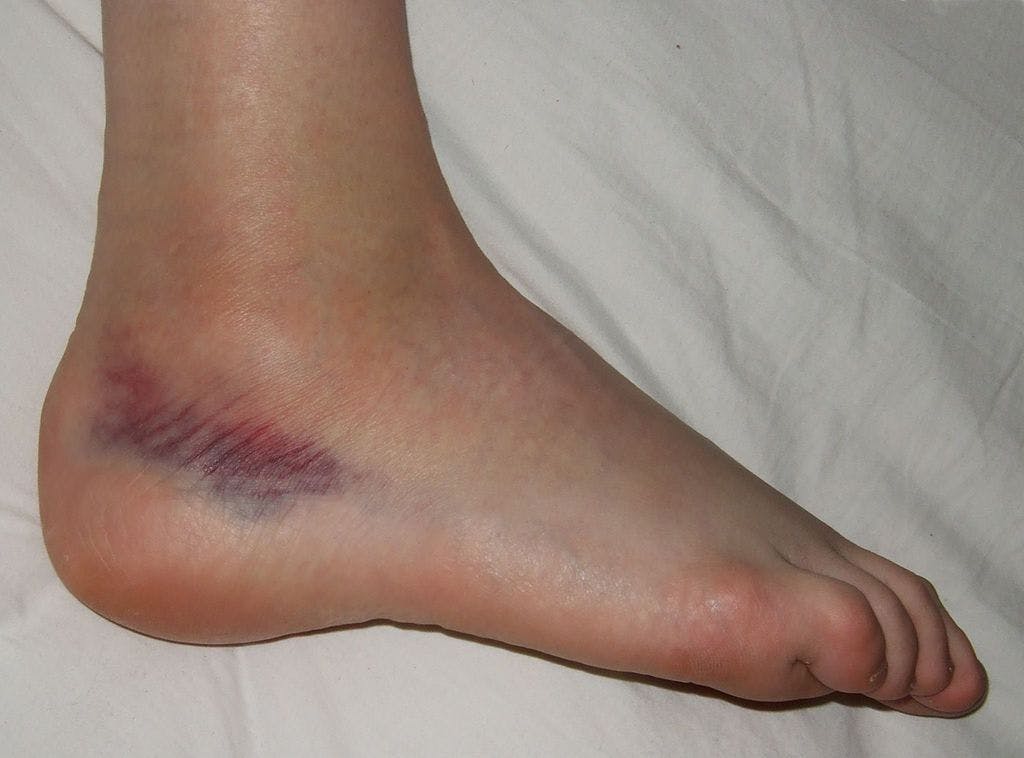
Ankle Arthokinematics Do Not Normalize with Improved Dorsiflexion Active Range of Motion Following Acute Ankle Sprain
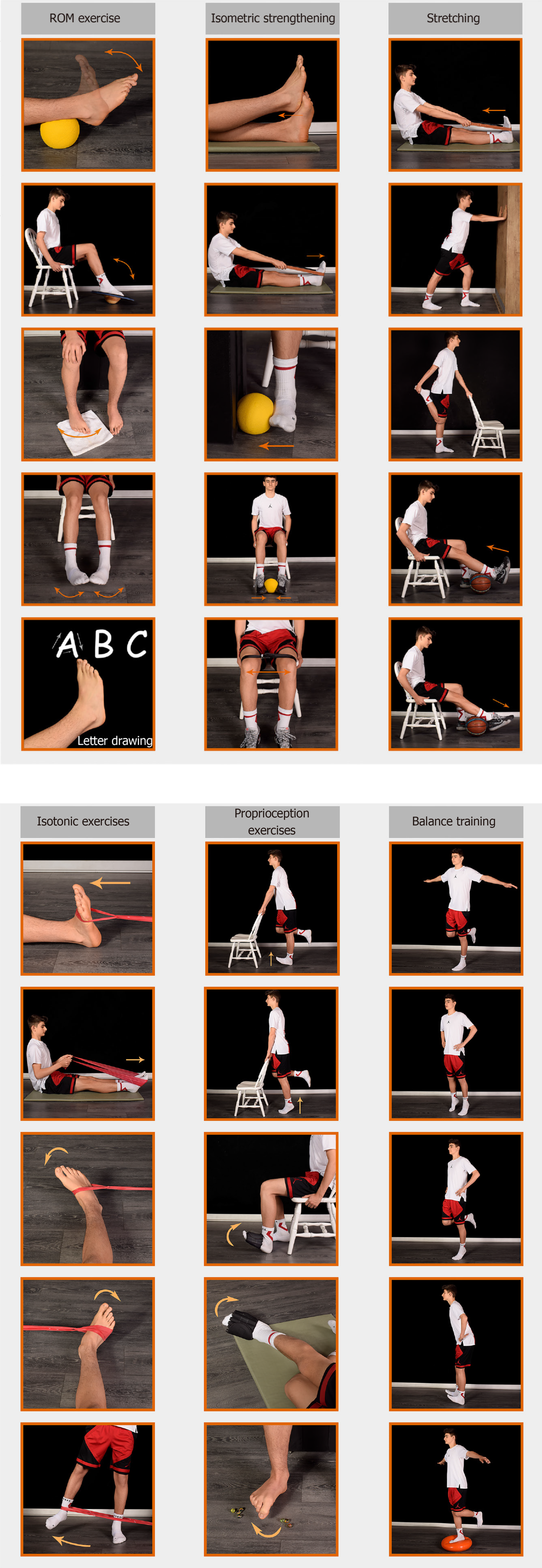
Acute ankle sprain in athletes: Clinical aspects and algorithmic approach

Ankle Sprain Treatment & Management: Approach Considerations, Conservative Therapy for Acute Sprain, Ankle taping
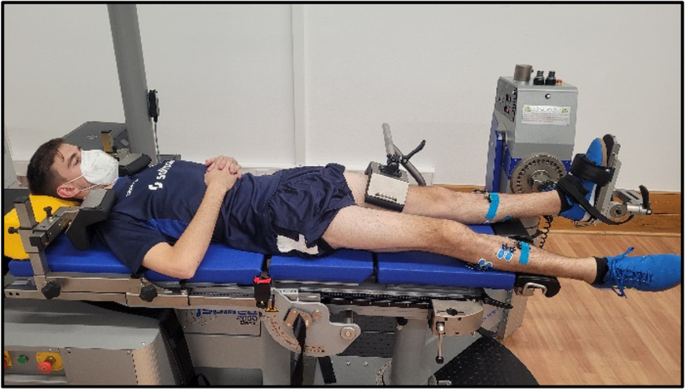
Effectiveness of the SMART training intervention on ankle joint function in patients with first-time acute lateral ankle sprain: study protocol for a randomized controlled trial, Trials

Lateral Ankle Sprain Diagnosis & Treatment
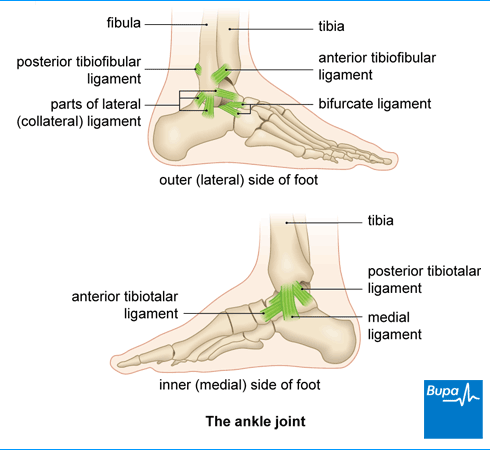
Sprained ankle

Aspetar Sports Medicine Journal - THE ROLE OF FOOT-ANKLE COMPLEX IN REHABILITATION AFTER ACL RECONSTRUCTION

Effectiveness of the SMART training intervention on ankle joint function in patients with first-time acute lateral ankle sprain: study protocol for a randomized controlled trial, Trials
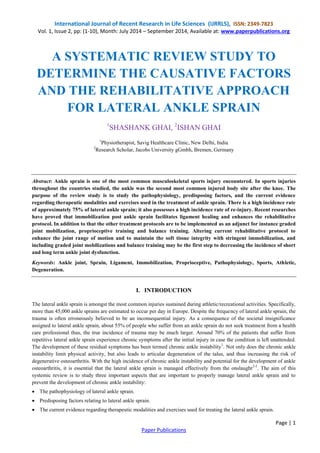
A SYSTEMATIC REVIEW STUDY TO DETERMINE THE CAUSATIVE FACTORS AND THE REHABILITATIVE APPROACH FOR LATERAL ANKLE SPRAIN








